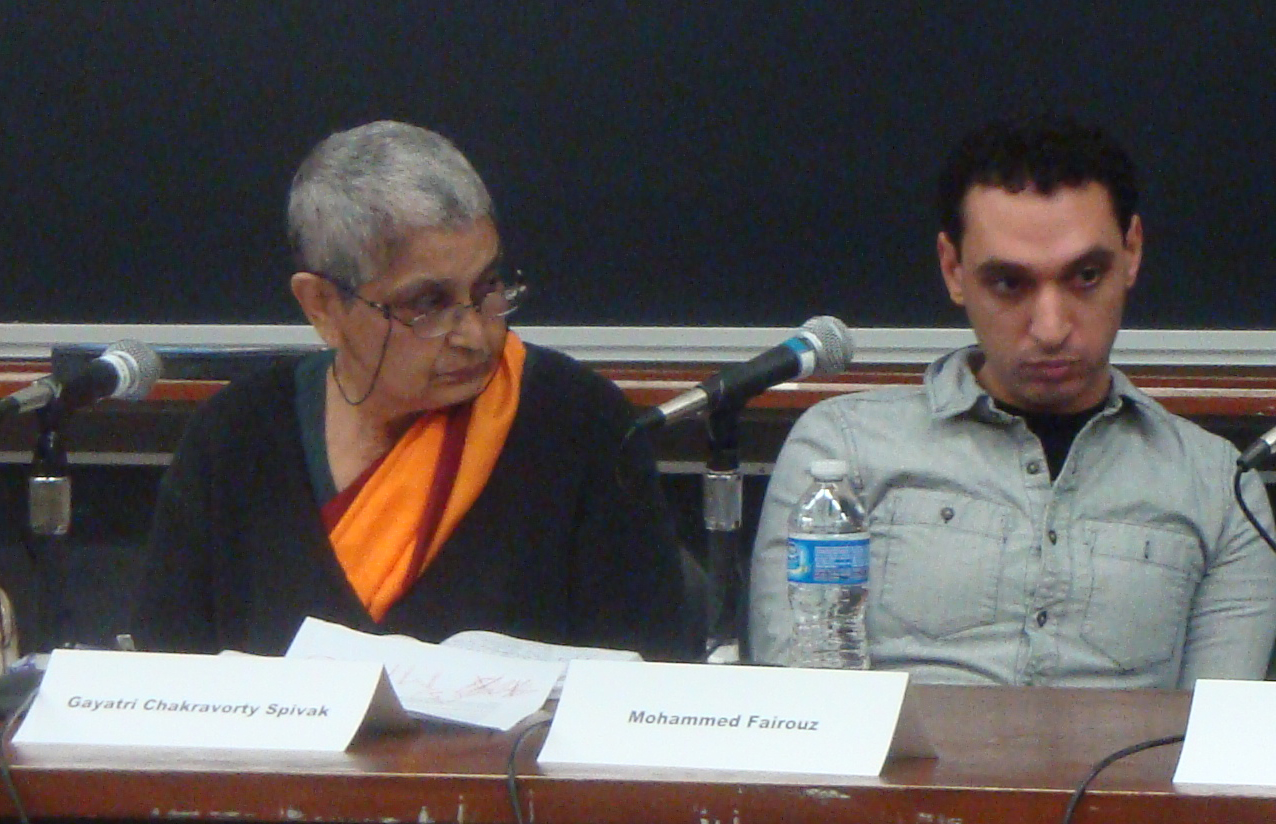 |
| Isis and Nefertari image from www.shira.net |
How does this relate to belly dance? In some ways, directly. While many western dancers have become less comfortable with labeling themselves "authentic" or presenting "authentic" material, some still do. "Pharaonic dance" still captivates many dancers and lovers of dance with all of its blatant colonialist trappings. I took a Pharaonic dance workshop in Egypt in 2007, taught by an Egyptian teachers (as with most dance classes in Egypt, attendees were only foreigners) and loved it. I am taking a workshop with Pharaonic stylings as a focus in Boston in a couple of weeks. Many instructors and performers draw on preserved drawings from historic sites in Egypt and admit that the dances themselves are "stylings" and essentially made up. It's fun, after all.
But what is the cumulative effect of all this fun? Is admitting that belly dance is not "authentic" enough? What is the effect of promoting a false image, even if it is a ten minute set in the back of a bar in the outskirts of, say, Wichita? The call of Al Aiedy's narrator to other Egyptians, "You want us to progress?" haunts me, I admit. In tiny ways, are we getting in the way or not? (The image comes from article "What is Pharaonic Dance?" on www.shira.net.)






